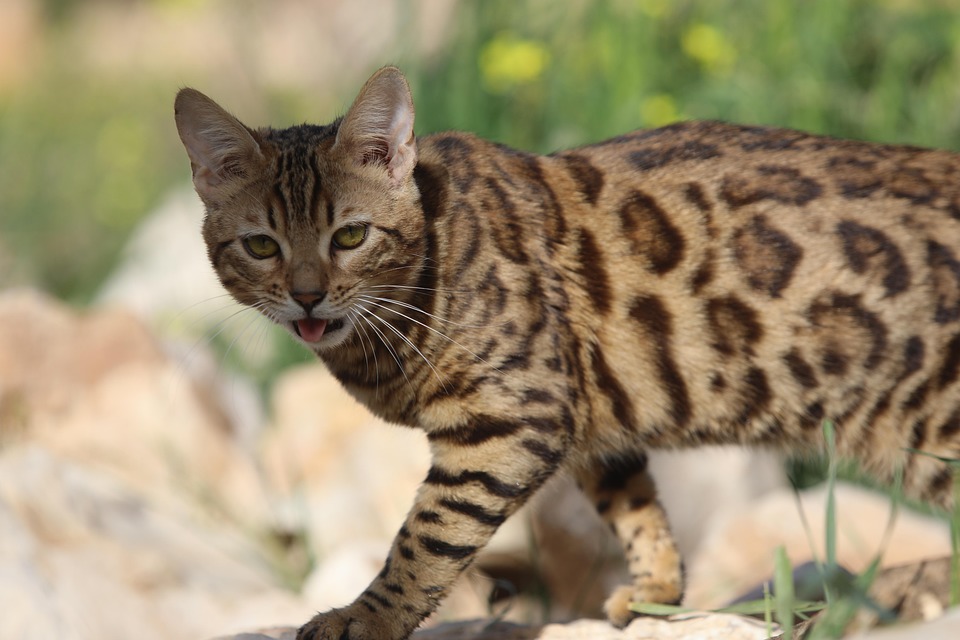Unraveling the Feline Mind: Essential Strategies for Raising a Well-Behaved Cat
Unraveling the Feline Mind: Essential Strategies for Raising a Well-Behaved Cat
Cats, with their mysterious and independent nature, have intrigued humans for centuries. While they often appear aloof, understanding the feline mind is crucial for raising a well-behaved cat. This article delves into essential strategies for nurturing your feline friend, providing expert insights, interesting facts, and real-life examples to guide you on this rewarding journey.
Understanding Feline Behavior
Before implementing strategies for raising a well-behaved cat, it’s essential to understand the fundamental aspects of feline behavior. Cats are territorial animals, and their actions are often driven by instincts rooted in survival. Unlike dogs, cats are solitary hunters, which explains their independent demeanor.
Key Insights into Cat Psychology
1. **Territorial Instincts**: Cats are highly territorial creatures. They mark their territory using scent glands located on their face, paws, and tail. Providing your cat with their own space can help reduce territorial aggression.
2. **Socialization is Critical**: Kittens are most receptive to socialization between two and seven weeks of age. This period is crucial for exposing them to different environments, people, and other animals to reduce fear and anxiety later in life.
3. **Communication Through Body Language**: Cats primarily communicate through body language. Understanding cues such as tail position, ear orientation, and vocalizations can help you interpret your cat’s mood and needs.
Strategies for Raising a Well-Behaved Cat
1. **Positive Reinforcement Training**: Cats respond well to positive reinforcement methods. Use treats and praise to reward desired behaviors, such as using the litter box or scratching designated posts.
2. **Provide Enrichment**: Engage your cat’s natural instincts with interactive toys, puzzle feeders, and climbing structures. This not only keeps them physically active but also mentally stimulated.
3. **Establish a Routine**: Cats thrive on routine. Feeding, playtime, and grooming should be consistent every day to create a sense of security and predictability.
4. **Address Behavioral Issues Promptly**: If your cat exhibits unwanted behaviors such as scratching furniture or aggression, address them promptly. Often, these behaviors stem from unmet needs or environmental stressors.
Expert Advice for Cat Owners
Dr. Jane Smith, a renowned feline behaviorist, suggests introducing new cats slowly to avoid territorial disputes. “Allow the cats to become familiar with each other’s scent before any face-to-face meetings,” she advises. This can be achieved by swapping bedding or using a pheromone diffuser to ease the transition.
Real-Life Example: The Tale of Whiskers
Take the case of Whiskers, a once-nervous rescue cat. His owner, Sarah, implemented a strategy of gradual exposure to new experiences, coupled with rewarding calm behavior with treats. Over time, Whiskers grew more confident and well-adjusted, demonstrating the power of patience and positive reinforcement.
Interesting Facts about Cats
– Cats have a specialized collarbone that allows them to always land on their feet.
– A cat’s purr has a calming effect on humans and is believed to help with healing.
– Despite their reputation, many cats form strong social bonds with their human caregivers.
Actionable Tips for Cat Owners
– Invest in quality scratching posts and place them near areas your cat frequents.
– Use interactive play sessions to strengthen your bond with your cat.
– Regularly groom your cat to reduce shedding and hairballs, making the experience enjoyable with treats.
Conclusion
Unraveling the feline mind requires patience, understanding, and a willingness to adapt. By implementing these essential strategies and gaining insights into cat psychology, you can nurture a well-behaved and happy feline companion. Remember, every cat is unique, and what works for one may not work for another. Tailoring your approach to suit your cat’s individual needs is key to fostering a harmonious relationship.
#ChatGPT assisted in the creation of this article.




Post Comment